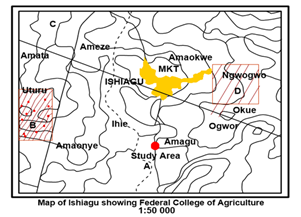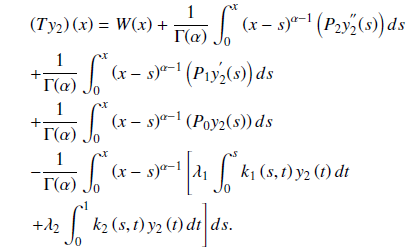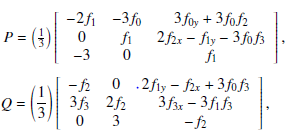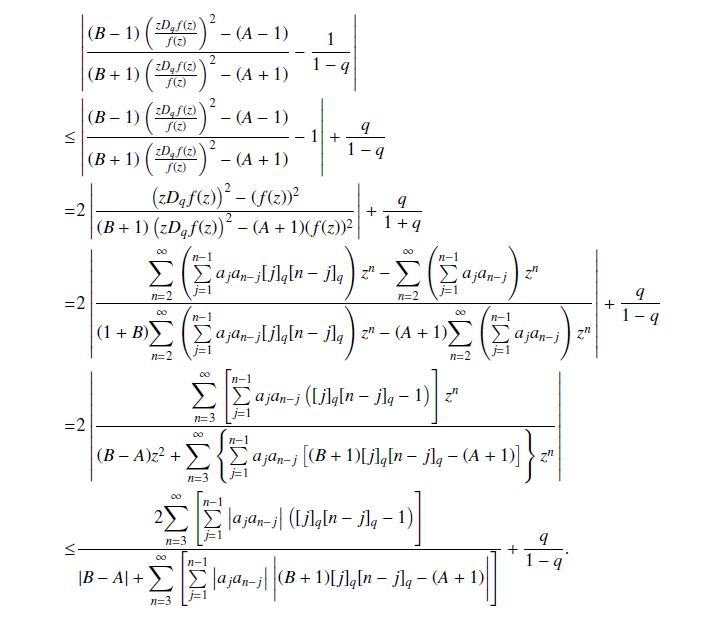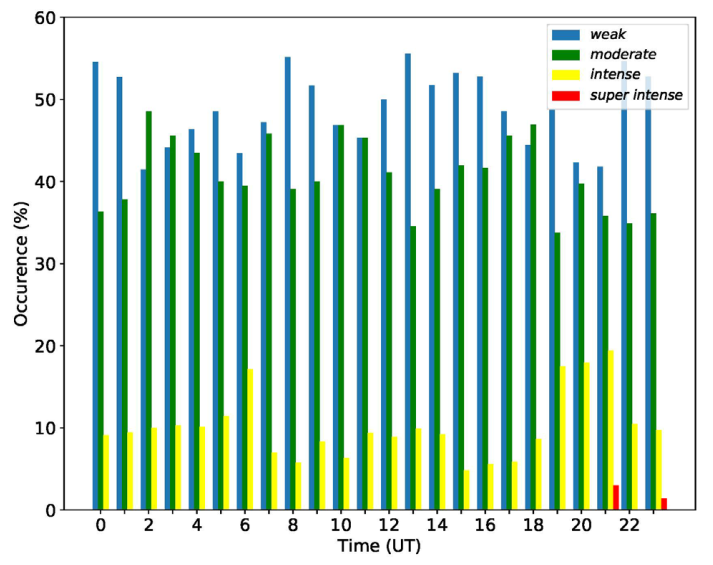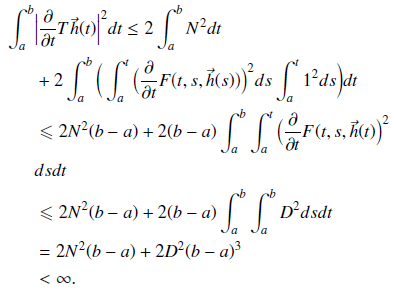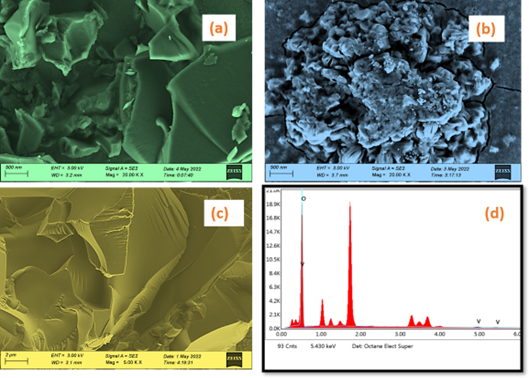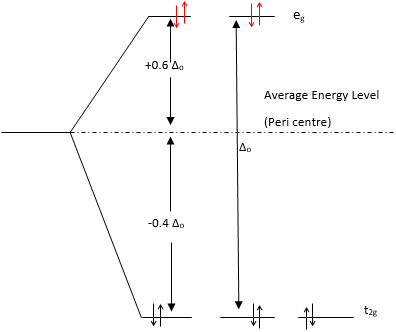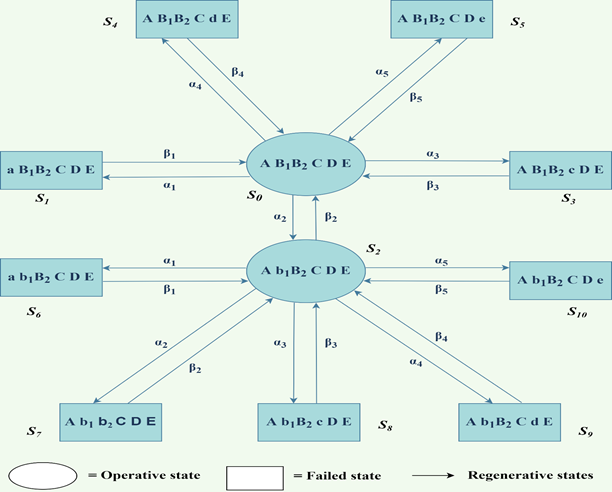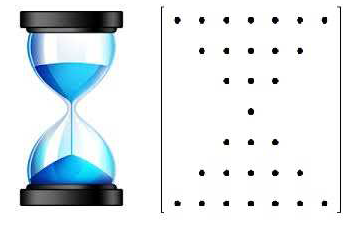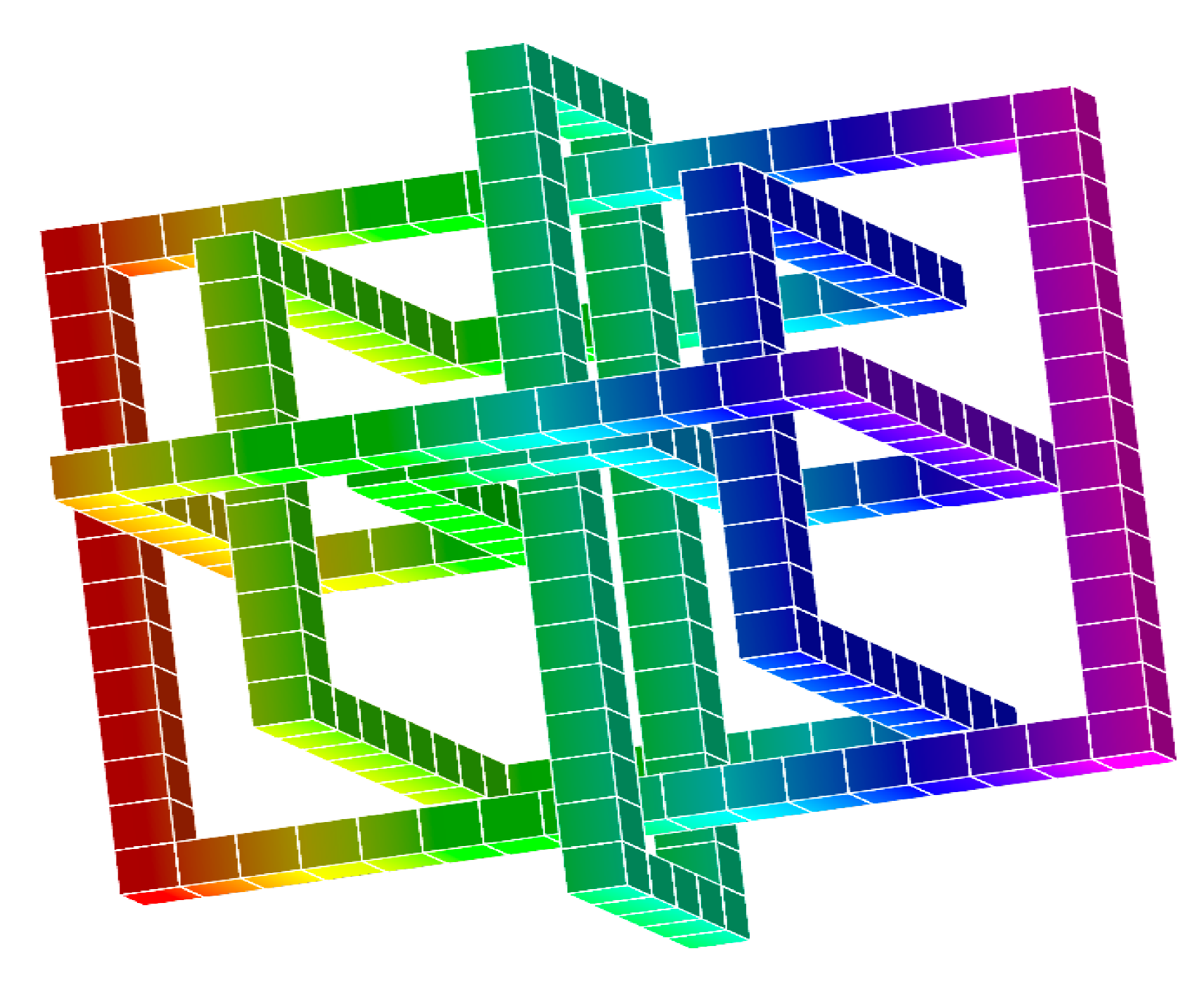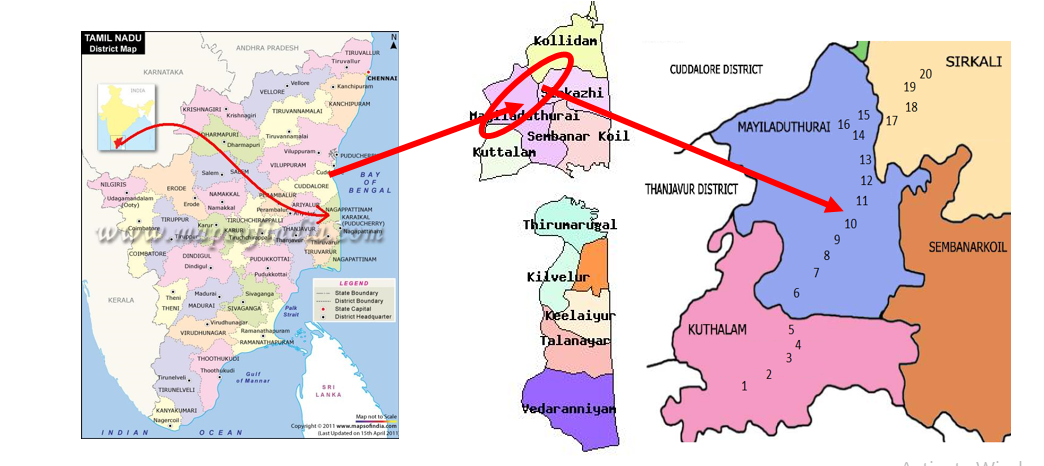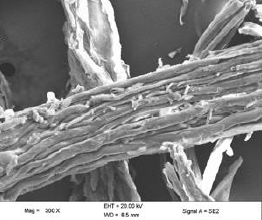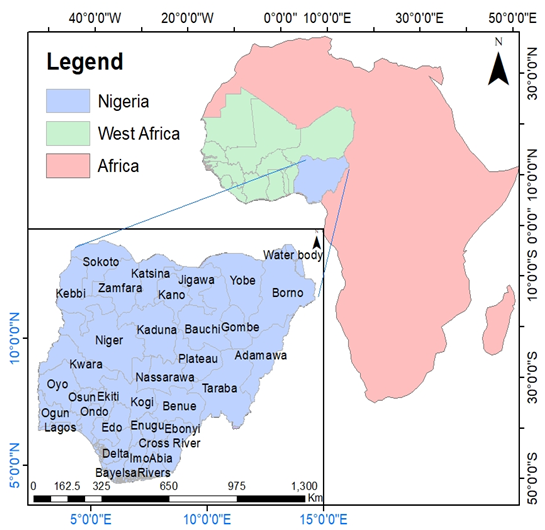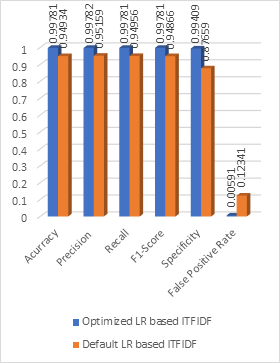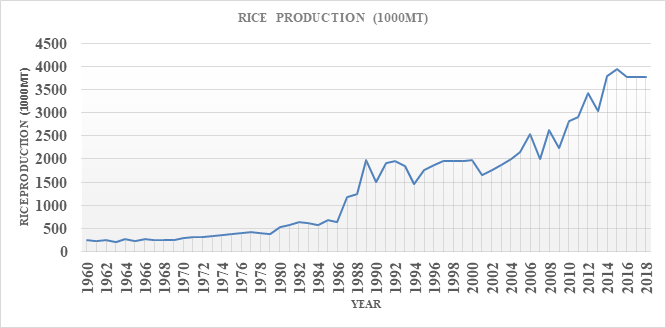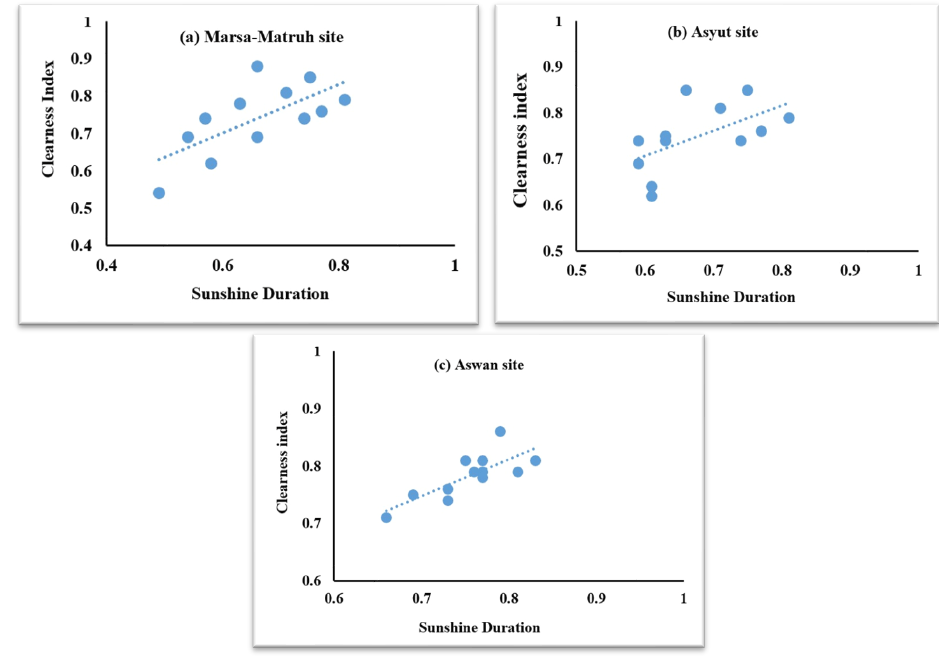Volume 4, Issue 4, November 2022

On behalf of the Editorial Team and Reviewers, I have the great pleasure of presenting this volume 4, issue 4, of the Journal of the Nigerian Society of Physical Sciences (JNSPS) to the research community and the world at large, comprising those seeking to publish their works and those who wish to keep up with the latest findings in their areas of research.
This current edition includes 24 articles by authors from nine different countries: Nigeria, South Africa, Egypt, Iraq, India, Gambia, the UK, Morocco, and Malaysia. The papers included in this issue are in the areas of nanoparticles, magnetic helicity, biomass combustion, environmental chemistry, numerical analysis, geometric function theory, material chemistry, ionospheric physics, forecasting and data analysis, soft computing techniques, cryptography, matrix theory, and database management.
It has been observed that despite the giant strides made in the detection and prevention of SQLiAs by several researchers, an ideal approach is still far from over as most existing techniques still require improvement, especially in the area of addressing the weak characterization of input vectors, which often leads to low prediction accuracy. To deal with this concern, Shehu Magawata Shagari and co-researchers put forward a hybrid optimized Logistic Regression (LR) model with Improved Term Frequency Inverse Document-Frequency (ITFIDF-LR). To show the effectiveness of the proposed approach, attack datasets are used and evaluated using selected performance metrics, i.e., accuracy, recall, specificity, and false-positive rate.
In another interesting report by Oluwasina et al., it was found that anacardic acid holds potential for the preparation of some nanosized cellulose. The study by El Mehdi Chouit in the area of forecasting and data analysis and co-researchers shows that the FBProphet model is more accurate in predicting the prevalence of COVID-19. It can help guide the government's efforts to prevent the virus' spread. The interesting results presented in this issue are not limited to these. Others can be found there, in the arches.
In general, researchers and practitioners working in related fields, as well as the general public interested in physical sciences, would be interested in this issue.
Babatunde James Falaye
Department of Physics,Federal University of Lafia,
Nasarawa State, Nigeria
Editor-in-Chief, JNSPS

